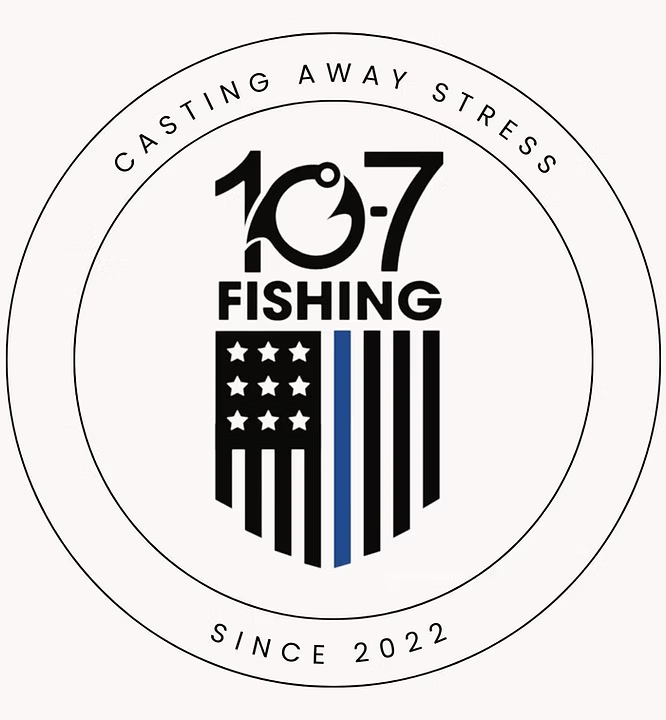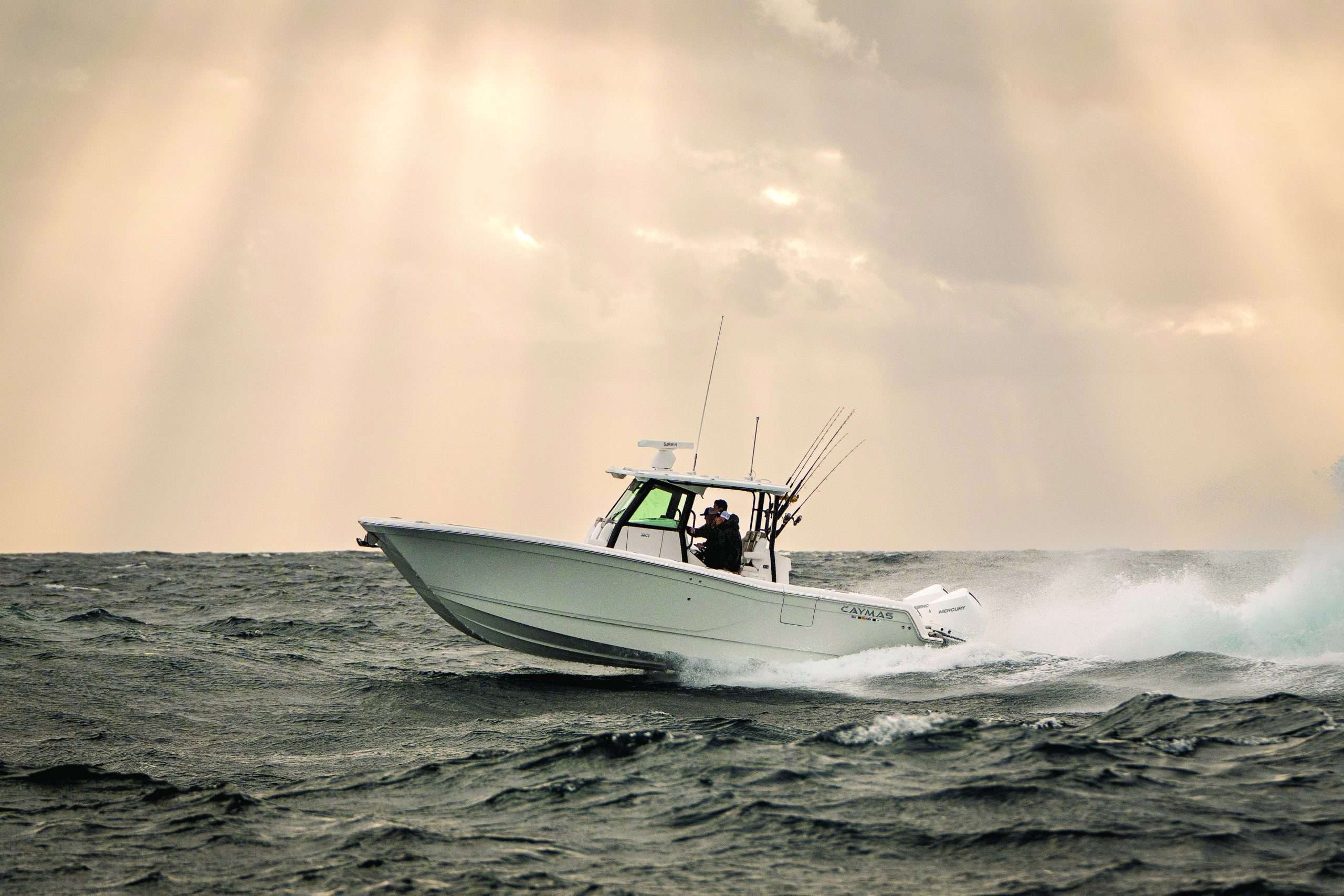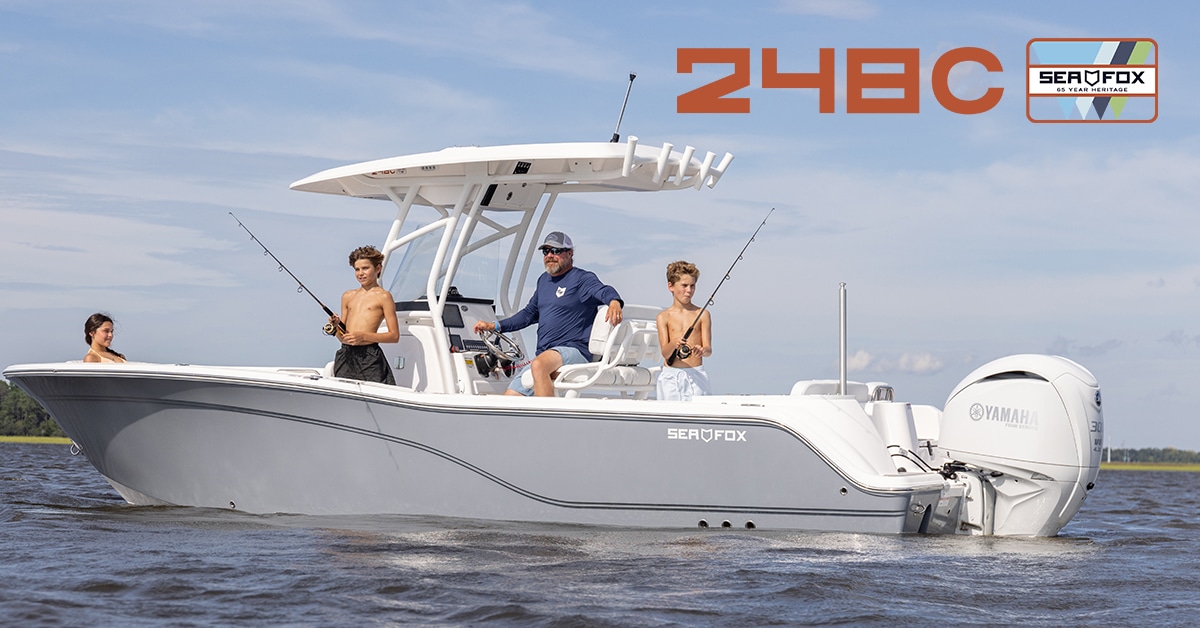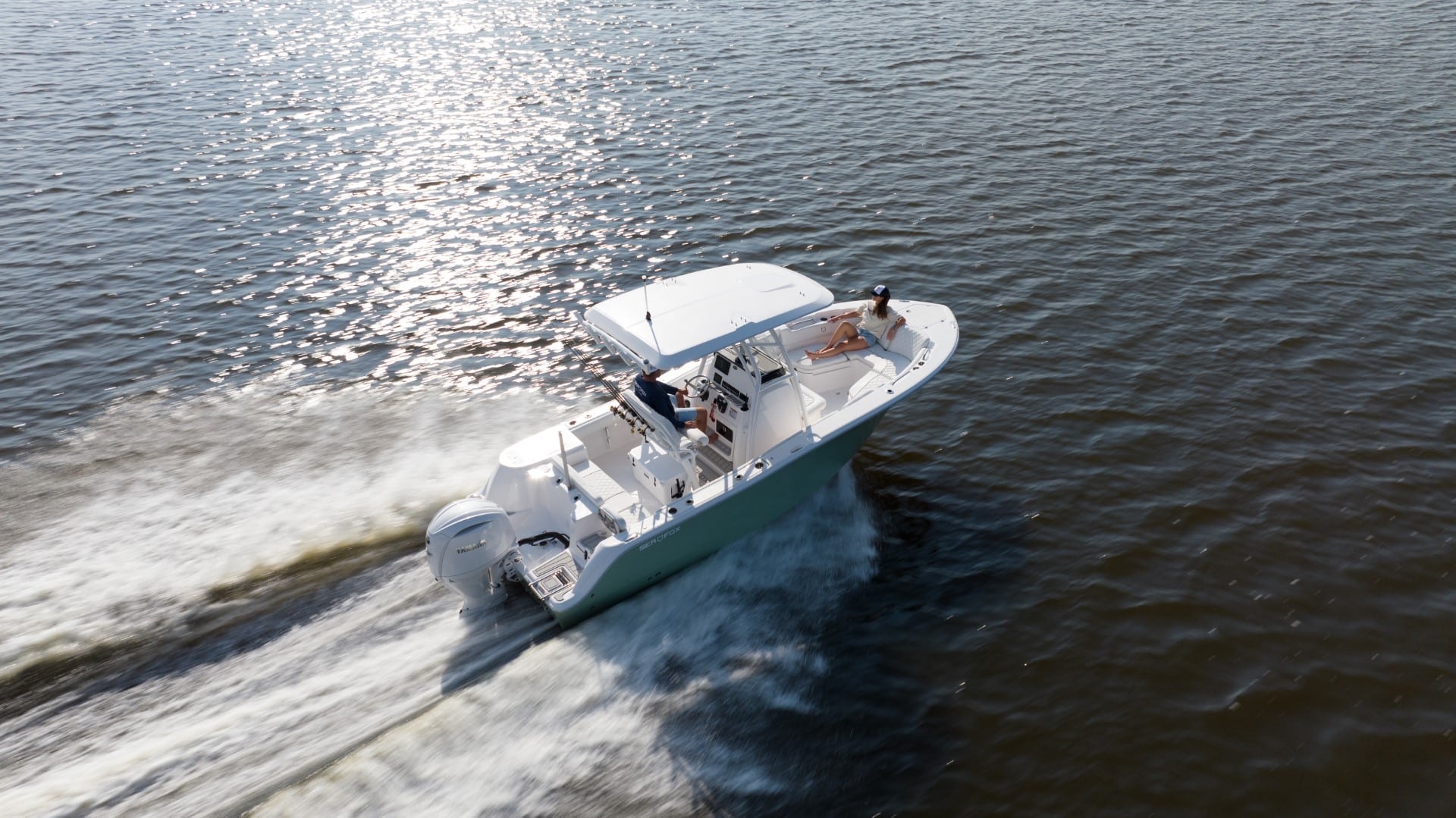Ensuring Smooth Sailing into the Fishing Season
The Call of the Outboard: Maintenance in Preparation for Boat Season
Pre-season boat maintenance time tends to come sooner and faster every year. As the winter frost begins to melt away and the whisper of spring graces our ears, the call of the outboard becomes harder to ignore. Despite this excitement, there’s an important step to ensure smooth sailing into the fishing season – preseason maintenance. In other words, before we let the outboard roar to life, we need to give it some TLC.
Charting the Pre-Season Boat Maintenance Course
Firstly, proper maintenance is the cornerstone of your outboard motor’s longevity and performance. After all, ensuring proper upkeep before usage can significantly reduce the risk of malfunctioning or accidents during operation. Similarly, it gives you the confidence of a well-maintained ship when you’re out on the open sea.
Clearing the Filters: The First Step
Checking and cleaning all filters is the first step in our preseason maintenance journey. Evidently, a clean filter ensures that your outboard motor breathes easy and runs smoothly. In this case, it’s as important as clearing your snorkel before diving into the ocean – you wouldn’t want to choke on unexpected debris, would you?
Testing the Controls: The Helm of Your Vessel
Afterward, we need to test controls and safety mechanisms. Correspondingly, these are the helm of your vessel, your lifelines in the unpredictable sea. In detail, ensuring their optimal function is non-negotiable in the safe operation of your outboard.
The Nuts and Bolts: Inspecting Connections for Pre-season Maintenance
Thirdly, we have to inspect and tighten all connections. In essence, these are like the rigging on a sailboat, holding everything together. With this in mind, ensuring they are secure is paramount to avoid any loose ends leading to potential problems.
Smooth Sailing: Lubricating Moving Parts
Finally, lubricating moving parts is a must-do. Comparatively, it’s like applying sunscreen before a day on the beach; it prevents uncomfortable situations later. Similarly, this ensures that your outboard parts move smoothly, without any uncomfortable grinding.
The Pro Tip: Keep a Record of your Pre-season Maintenance Checklists
Above all, it’s beneficial to keep a record of all maintenance checks and repairs for future references. In truth, this is your ship’s log, a history of your outboard’s journey. Not only does it help you stay organized, but it also provides valuable information in case of any future issues.
Preseason Maintenance with Black Label Marine Group
Obviously, not everyone is a Mercury certified technician or a master of outboard maintenance. Hence, for those who’d rather focus on catching the fish than tinkering with motors, Black Label Marine Group offers preseason maintenance services. Consequently, you can leave your outboard maintenance to the pros and focus on preparing your tackle box. After that, why not schedule a service appointment today and let us prepare your vessel for the upcoming season?
Anchoring Down
In conclusion, preseason maintenance is a crucial step towards ensuring a trouble-free fishing season. Although it might seem like a lot of work, remember – in the long run, the benefits of a well-maintained outboard motor far outweigh the effort of a preseason check. Subsequently, let’s make the most of the upcoming season with a well-serviced outboard, and let’s set sail on another adventure. Utilize the checklist below to ensure all maintenance concerns have been addressed.
Set Sail Right: Your 21-step Pre-Season Checklist for Outboard Spring Maintenance
When the frost begins to melt, it’s time to remind your outboard that hibernation season is over. To ensure a smooth launch back into the aquatic world, follow this comprehensive 21-step spring maintenance checklist.
Under the Top Cowling
1. Electrical Wiring: It’s a wired world under there. Investigate all wires and cables for any battle scars from the winter or telltale signs of tiny teeth – those pesky rodents love to snack on them. Look for and clean any rusted connections, ensuring everything is securely fastened.
2. Hoses: Inspect each hose like a dermatologist checking for sun damage. Search for cracks or bulges, and any weary connections. Retire any worn-out hoses and secure all hose clamps.
3. Spark Plugs: Next, the spark plugs need some TLC. Remove them and check the electrode gap. Clean the electrodes with a wire brush, reset the gap if needed, or replace them entirely. Just like your trusted dentist would say, “change after clearing out last season’s residue”.
4. Engine Oil (4-stroke outboards only): Engine oil change should be as regular as your annual fishing trip. If you were diligent during last year’s winterization, just check the oil level and top off as required. If not, it’s high time for an oil change.
5. Oil Filter (4-stroke outboards only): Changing the engine oil? Your oil filter also deserves a refresh. Treat them as a duo, they work best together.
6. Fuel Filters: Your owner’s manual holds the secrets of the fuel/water separator filter replacement frequency. If it’s been a while, consider refreshing the filters.
Lower Unit
7. Lower Unit External: Inspect the exterior like it’s your first car. Look for scratches or damage that may have been picked up during an underwater adventure. Remove corrosion, prime and paint where necessary.
8. Water Intakes: Keep your water intakes free from marine invaders. A clean passage ensures a happy engine.
9. Zincs/Anodes: Zincs and anodes are the silent protectors of your outboard motor. Check them out and replace any that are more than halfway corroded.
10. Lower Unit Oil: Similar to engine oil, check and top off if necessary, or replace entirely if it missed last winter’s maintenance party.
11. Propeller: Inspect the propeller for any war wounds from the previous seasons. Ensure it’s secure and corrosion-free.
Inside the Lower Unit
12. Impeller: Check your manual for how often the water pump impeller needs to be replaced. If it’s looking more vintage than valuable, replace it.
13. Internal Zincs/Anodes: Follow your owner’s manual guidelines for these often-overlooked heroes and replace any that are on their last legs.
Controls
14. Control Cables: Look for cracking or swelling on the cable jackets. Remember, lubrication is your friend here.
15. Steering Cables and Lines: Ensure your steering cables are in shipshape. They should be tight, smooth, and free from wear.
16. Trim/Tilt Mechanism: Test the trim/tilt mechanism to make sure it moves like a professional gymnast, able to lift all the way up and lower all the way down.
17. Zerks: Don’t forget the zerk fittings! Grease them up to keep things moving smoothly.
Electrical Power and Fuel
18. Battery: Inspect the battery terminals as if they were pirate’s gold. Clean off any corrosion and secure the connections. Charge up the battery and test its stamina. If it refuses to hold a charge, it’s time to retire it and replace with a fresh one.
19. External Fuel Tank: Give the tank a thorough once-over. Look for damage, cracks or leaks that could lead to precious fuel loss.
20. Fuel Lines: Inspect the fuel lines for cracks or other issues. Ensure all connections are as secure as a submariner’s hatch and replace any worn-out parts.
21. Bulb and Feed Line: Lastly, check out the fuel bulb and feed line. If they’re showing signs of aging, consider a replacement.
By the time you’ve run through this checklist, your outboard motor will be as ready to hit the waves as you are. Just remember, with the right care and attention, your trusty outboard will continue to help you reel in those epic catches for seasons to come.
Need some help from the professionals? Black Label Marine Group is ready to assist with certified Mercury technicians that have a deep understanding of all things outboard.
For those who’d rather leave it to the experts, why not book a service appointment and let us handle your Mercury outboard service? Trust me, it’s a lot easier than wrestling a Marlin.
Book here today: Black Label Marine Group – Service Department







